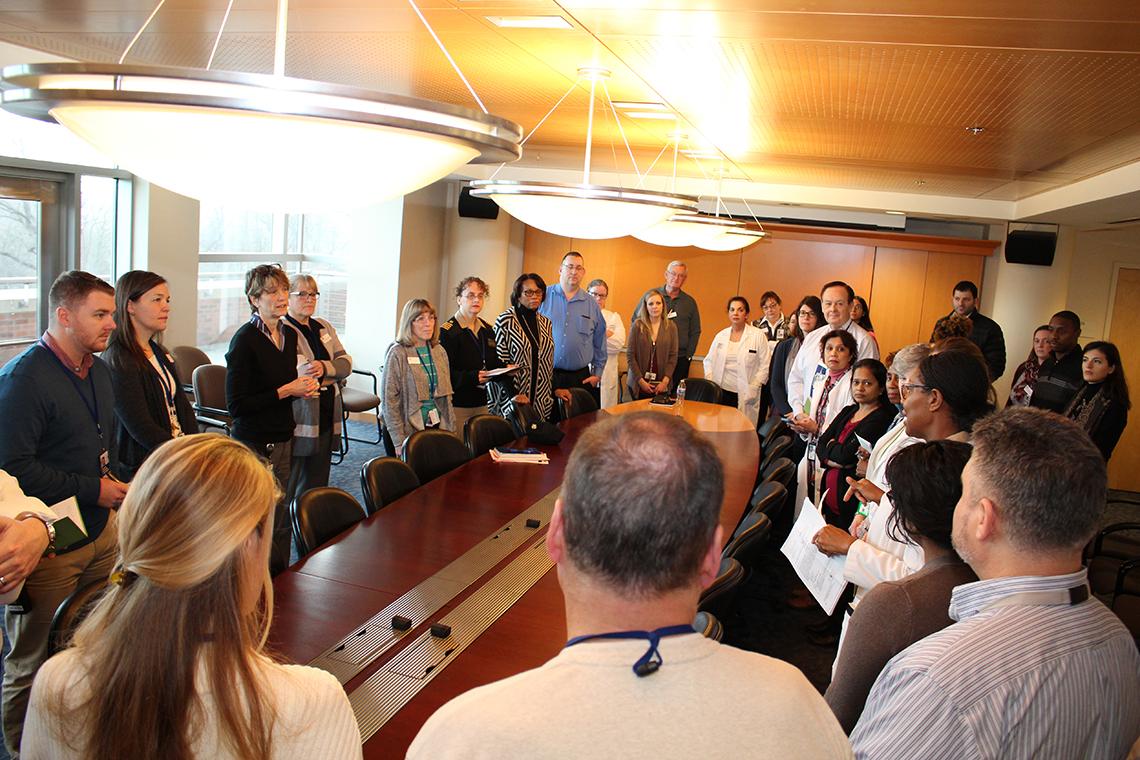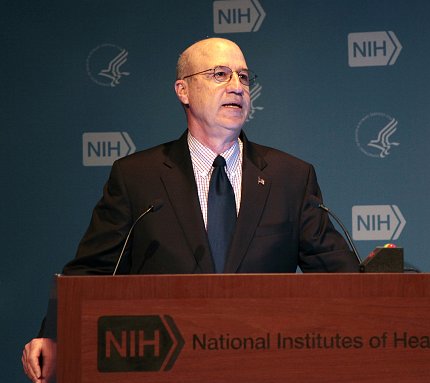Clinical Center Seeks Continuous Improvement
For more than 60 years, the Clinical Center has been a world leader in clinical research. This status comes with a great responsibility for patient safety and clinical quality. Over the past year and a half, the CC has bolstered its efforts to achieve the highest standards in patient care and safety while carrying out cutting-edge research protocols.

Initiatives at the hospital have focused on changes in five areas:
- Improving patient safety and quality of care to achieve world-class standards
- Engaging CC staff to instill a culture of high reliability
- Ensuring reporting and compliance meets the highest standards
- Improving infrastructure and facilities to support pioneering research, and
- Restructuring hospital leadership to ensure clear lines of responsibility and accountability.
These changes represent the hospital’s commitment to improve and have been implemented in specific ways.
Since late 2016, hospital leaders have come together for a daily patient safety huddle to look back at the previous day and plan for the current one. The huddles were established to share any potential or existing safety, quality or service issues across all departments. As information is shared, any concerns that require immediate follow-up or longer discussion are addressed immediately.

The Clinical Center also implemented the Safety Tracking and Reporting System, also called STARS. It focuses on tracking service quality concerns such as delays, errors and unsafe environmental conditions, as well as instances of exceptional customer service. The data entered into STARS forms the backbone for how the hospital tracks issues and plans permanent solutions. All NIH investigators and research staff have been trained to ensure full awareness and compliance with event reporting requirements.
Since CC patients and their families are partners in research, the hospital plans to expand STARS access to include their input. In the meantime, they can share safety and quality concerns by contacting the CC patient representative at (301) 496-2626 or through the anonymous patient safety hotline, which was created last year, by calling 1-866-444-8811.
Benchmarking progress toward continuous improvement is important and should be transparent to all who use the hospital. Toward that effort, all patient and employee safety and quality metrics are posted at https://clinicalcenter.nih.gov/.
NIH has invested more than $50 million toward improving quality assurance and patient safety, a significant portion of which has supported infrastructure improvements at the CC. More renovations and improvements are planned over the next few years. The hospital’s pharmacy department has hired 44 people and instituted a new organizational structure to promote increased oversight and quality assurance.
“Our job is to focus on achieving the highest standards for patient safety and clinical quality, and that can only be achieved through continuous improvement efforts,” said Clinical Center CEO Dr. James Gilman. “The stakes are too high to do anything but the best for our patients.”
These initiatives are ongoing to ensure that the CC is known not just as a hub of medical discovery and house of hope for patients looking to science for better treatments and cures, but also as a world class provider of clinical care and patient safety.
Highlights of the improvements at the hospital are available at https://www.cc.nih.gov/about/safety/2016_2017.html.
